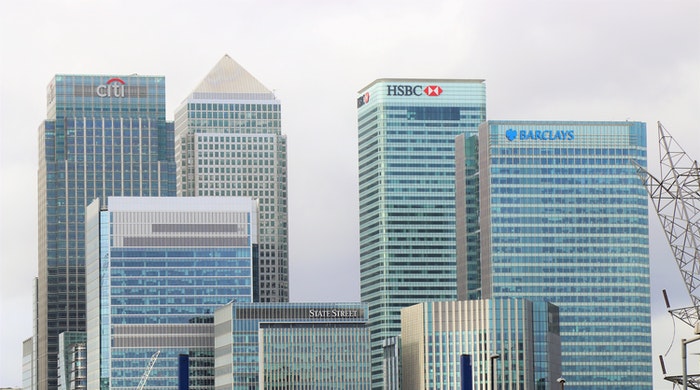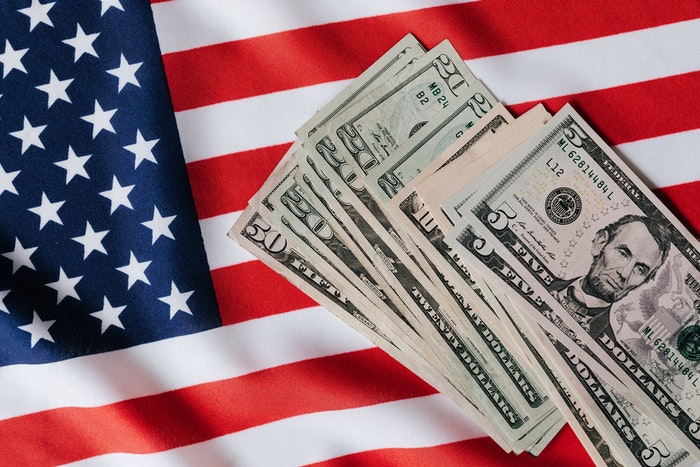What’s the financial institution that controls the money flow? When exactly to print out more dollar bills? How much of it should be just running around in the country? How do they even know how much money to inject into the economy, or what kind of rate to even charge at the end of the day? This institution can even determine how long we take to pay our mortgage.
Today, we’re going to learn a little bit about history and economics. Those two truly go hand in hand, and it’s going to help you understand what’s going on today and also help you to make better financial decisions.
It all started back in 1907. What was the big deal with 1907? You might have heard of the panic of 1907. It was like a mini-depression, but it was very intense and it only lasted approximately seven months.
You don’t hear much about it because most of the studies have been done in the Great Depression that happened for decades. This one in particular was very short lived. At the time, what happened was that the government did not like to mingle with anything that involved finances.
They always thought that it was best to keep things separated. They thought the government should only focus on government stuff, and whoever dealt with finances should be solely someone who specializes in finances.
That particularly belongs more to the bankers. Because of that, there was only one individual that pretty much took on the role of managing the economy at the time, and this person was J. Pierpont Morgan. A 100-year plus after 1907, his institution is still standing and is standing very strong. J. Pierpont Morgan is the original, the one and only founder of JP Morgan.
Financial Institution: JP Morgan
Originally, the bank was only named JP Morgan, but it wasn’t until the year 2000 that they merged with Chase Manhattan. You know about JP Morgan because you see Chase locations pretty much all over the US.
The panic of 1907 was a very good experience for J.P. Morgan. At that point in time, he’s already outlived or survived tons and tons of roller coasters in terms of finances and the ups and downs in the economy.
He put a team in place that could replace him and take on his role, so that he or the economy itself didn’t have to deal with the madness and the craziness. J.P. Morgan was not the only one who thought that was necessary. Even before his time there were multiple attempts to create an institution that will help govern the economy and just simply keep things very well maintained.
The First & The Second Bank In the US – Financial Institutions
Before 1907, there were plenty of other institutions. So the first institution was created in 1791 by Alexander Hamilton. He founded the first Central Bank of the US, but unfortunately that was somewhat short lived.
They didn’t have the right expertise in place, and the bank just simply ceased to exist in 1811. That was the first attempt of the US government to actually put something together and help deal with the madness.
In 1816, the second bank of the US, was also created. It happened the same as the first Central Bank: it was not being managed properly. Everything was poorly executed.
Ads
By 1836, the bank just ceased to exist as well. After that, the government didn’t want to deal with that anymore. They left finances being managed by the bankers, and they were only dealing with domestic policy and anything that involves politics.
- The Federal Reserve System
Back to 1907, J.P. Morgan already knew this, but he was not willing to let something like this happen. He set up a team, a group of experts, that started putting together a series of laws and regulations and it wasn’t until 1913 that President Woodrow Wilson signed the Federal Reserve Act that gave birth to what is today known as the Federal Reserve System. It’s composed of 12 districts and they are controlled by the Board of Governors.

The Fed has something that it’s called the dual mandate. What does the dual mandate do?
- They maximize employment
- They regulate interest rates
You’re probably wondering, how does the Fed regulate employment? Think of it this way: We’re in the middle of a pandemic.
You hear left and right about businesses closing, and people being laid off. That’s expected. Businesses are closing not because they want to close but because it was a government mandate.
The government wanted to stop the virus from spreading, and therefore all these establishments, the restaurants, they needed to close down. What happens when you close a business? That means income stops coming but the operating expenses are still there.
You still have to pay your rent, you still have to pay your utilities. You still have to pay your employees but with your business closed and no one can come in, you have no other choice but to let your employees go. What did the Fed do? Do they have the power to tell the government what to do and vice versa? No.
They just simply push money out into the economy. They are a quasi-government institution, but the way they do it is that they use a method called quantitative easing, or QE for short, and that means that they are injecting money into the economy.
The way they inject money into the economy is by buying government bonds, they buy corporate bonds, and for you as an individual, they just simply provide you with a stimulus.
They have the power to maximize employment through those methods. Because if there is money flowing into the economy, that means businesses and corporations can continue to run, and therefore there’s no need for them to actually have to fire anybody. The goal is to make sure that everything is running properly.
The SBA loans and the Cares Act
What happens when you want to take advantage of those loans? The way the FED does it is that they take that money and they loan it to the banks, the institutions, and the banks are the ones who have the power to in fact loan you any money.
Ads
Their role to regulate interest rates comes here. At the bank, what do you think the bank wants to do?
They want to make money. At the end of the day, they want to charge as much interest as they can because their banks are in this business to make money, but you, as an individual, are already hesitant just by thinking about the word debt.
The Fed is here to find that middle point between you and the banks. The banks need to be incentivized with enough interest rates so that they’re even willing to loan you that money.
You, as an individual, need to also be incentivized with a good interest rate because if it’s too high, then that will make it very difficult for you to even want to take that loan, but in a way you need to because you want to make sure your business doesn’t fail because of what’s happening with the pandemic.
Their job, once again, is to find that middle spot that works out best for everybody. That’s why you see them all over the news.

You hear about Bernanke from back in 2008. Eventually, you heard about Janet Yellen. You heard about Powell now talking about the interest rate and how they decide to keep things low because they want to maximize their dual mandate.
That’s why you hear the term cheap money. A lot of people are talking about cheap money because the rates are so low that it is almost very cheap to borrow the same money.
Nobody lends money unless they can get some interest in return, but here we’re talking about rates that are at the historical low in comparison to the ‘80s or the ‘90s.
The economic role of the Gold in the past
Before 1971, the dynamic with money happened this way: You have your gold bar and you have the US dollar next to it, and you have all the other currencies from around the world. We’re talking about euros, pesos, the yuan, and others, and the dynamic worth as follows:
- The US dollar was backed by the gold, and its value was directly correlated to the value of the gold, but the rest of the currencies around the world, their value was based on the US dollar.
- If the US dollar went up, the other currencies would go up, but at the same time, they will be worth just as much as the dollar because this was the dynamic.
- After 1971, President Nixon decided to take the US dollar out of the gold standard. What happened was that now because the dollar is out of the equation, you see the US dollar floating. There’s nothing that’s backing up the value of it. It’s just a piece of paper that has a value that people give to it.
The value could be manipulated, and just like any rules in the economy, if you have too much of something, the prices go down. If you have every little of something, the prices go up.
That’s why gold is so expensive because the amount of quantity available in the world of gold in comparison to silver is actually very low. That’s why you see gold at such a high price and you see silver as such a low price compared to the gold.
It’s the same dynamic with the currency. Now with all these stimulus packages, we’re talking about trillions and trillions of dollars being printed out every single day, what happens to the dollar is that it’s going to start devaluating.
It’s going to start lowering its value. What happens when the dollar goes down in value? That means that the other currencies around the world are also going to lower their value because they are backed by the US dollars. This whole dynamic has been impacted by one single institution just as powerful as the Federal Reserve System.
FREE REAL ESTATE WEBINAR



